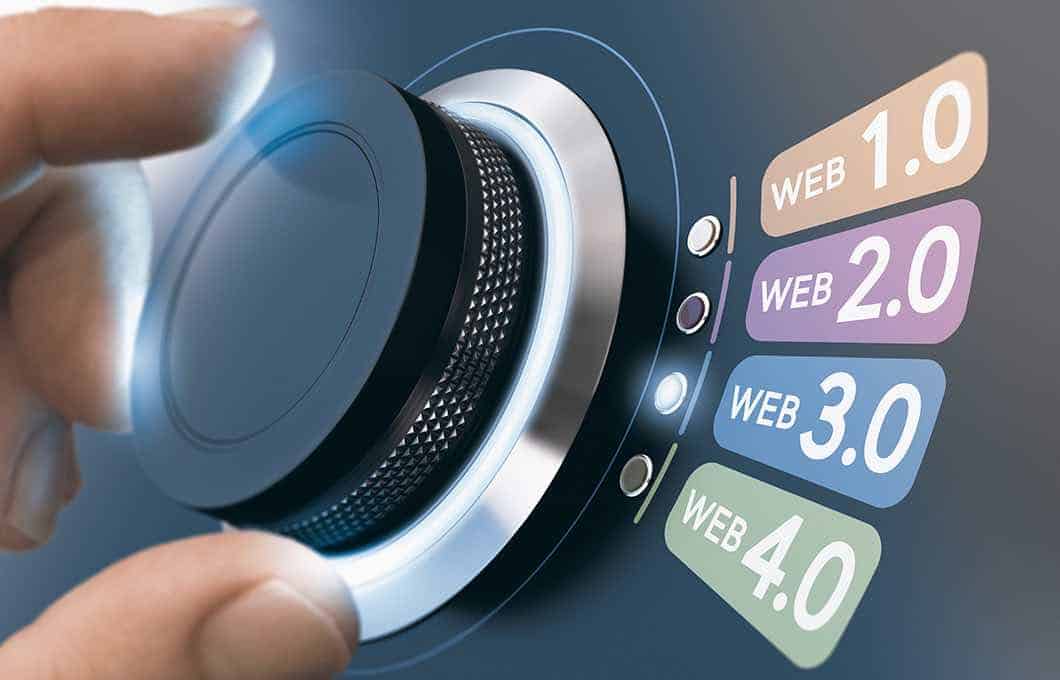Banks globally are going digital, embracing new technologies and GCC banks are also following this trend. Recently many experts have been talking about Web 3.0 and its benefits for the banking sector and its clients.
Yet, we should keep in mind that the shift from Web 1.0 to Web 2.0 took almost a decade and it is still unclear as to how long it will take to implement Web 3.0. So let’s have a short overview into every stage’s details.
Web 3.0: Well Explained
The initial version of the internet, known as Web 1.0, was released in 1993. The vast majority of users were only consumers at this stage. Web 1.0 primarily served as a conduit for distributing data on websites. Its features were:
• The content of the pages was stored in the server’s file system, and they were constructed using Server Side Includes or the Common Gateway Interface.
• Frames and Tables were utilized for page alignment and positioning.
The importance of Web 2.0 is the departure from Web 1.0 practices in data creation, distribution, storage and manipulation.
User-generated content, user-friendliness and interoperability are defining features.
The participatory social web is another name for this suite of next-generation online technologies.
Web 2.0 features are:
• Applications can be accessed from any location thanks to the web.
• Easy-to-use programs were designed to address a specific need.
• Content, not presentation software, is valuable, easily accessible and shareable information.
• Employees and customers became able to access and use tools on their own.
• Social tools encourage people to create, collaborate, edit, categorize, exchange and promote information.
• Encouraged are network effects, the phenomenon whereby the quality of content improves as more people contribute to it.
In Web 3.0, websites and applications will be intelligent, linked and transparent because of a machine-based understanding of data.
Smart houses, where electronics like air conditioners and lights can be operated from afar, are an early example of Web 3.0.
With the development of Internet of Things (IoT) technology, new channels of communication between all networked devices are opening up.
The open, trustless and permissionless nature of Web 3.0 is one of its defining features.
Openness refers to the fact that the next version of the World Wide Web will be built in the public eye using freely available open-source software by a transparent and approachable group of programmers.
Second, the Web 3.0 network is designed to facilitate public and private interactions between users without the mediation of a trusted third party, hence it is called “trustless”.
Finally, Web 3.0 will be a permissionless network that does not need a central authority to regulate its operations.
Why should banks care for Web3 technology?
Web 3.0’s backers say it is the next step in the evolution of the World Wide Web.
Web 3.0 is based on blockchain technology. As such, a key element of how it is intended to run is that it will be decentralized.
Blockchains are designed to run independently of central authorities like governments and even major internet powers like Google.
Web 3.0 “would break down the massive databases currently held by internet giants and hand greater control to users. This technology is intended to operate based on open source software that any developer can tap.
Web3 Benefits on banks
In an interview with TRENDS, CEO and Founder of Finvault, Punit Thakker, mentioned the non-ending benefits of Web3 technology on banks as follows:
• Decentralization, where clients’ experience can be more scalable and more intelligent.
• More advanced and has no geographical limits.
• Works on the blockchain, which provides more secure transactions.
• Faster, since transactions can be paid immediately in any country.
• Cheaper, for example, regular bank transactions might reach US$ 25 while it can only cost 2 cents via Web3 tech.
Finvault, specialized in both technology and business, provides a digital wallet that gives people financial freedom. Yet, it is considered as a link between clients and banks; since users can manage their bank accounts accompanied with other cryptocurrencies in one place.
GCC digital banks are still behind!
If we talk about digital banks in the GCC, the concept is still new and needs another two to three years to develop.
Several aspects must be made to transform banks into online products.
First, governments should be more friendly with online banking procedures and issue advanced laws and regulations to help regular banks transform into digital ones.
However, in some GCC countries, residents are more eager to embrace technology and digitalization.
For example, in Dubai, people pay their housing rent in advance via cheques, which is traditional.
Yet, residents are looking for other more accessible payment methods with a more secure online banking experience.

